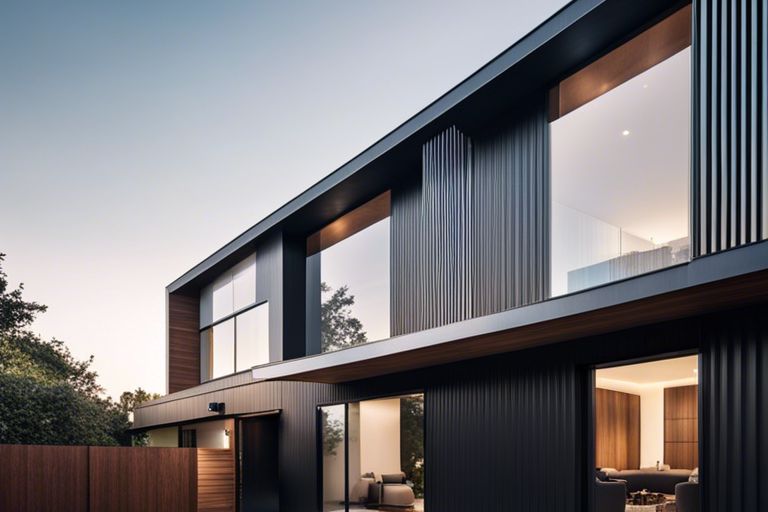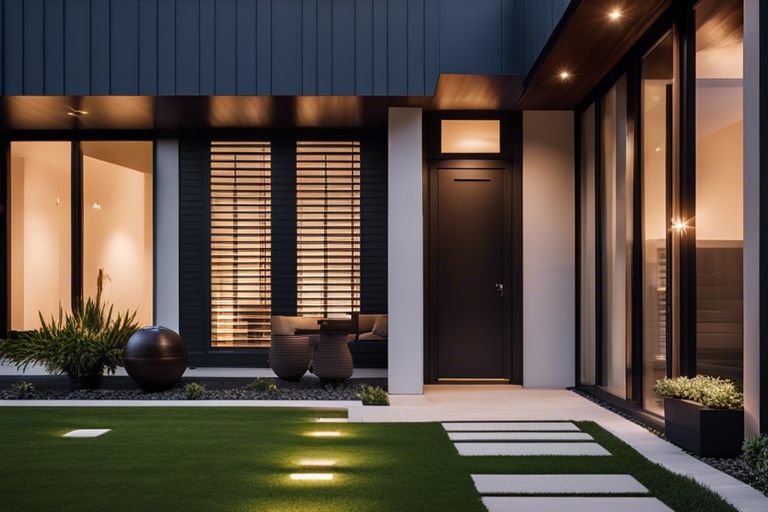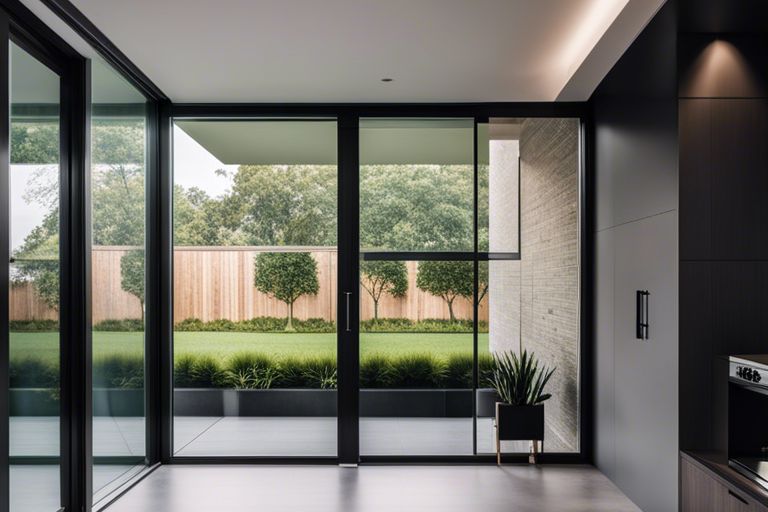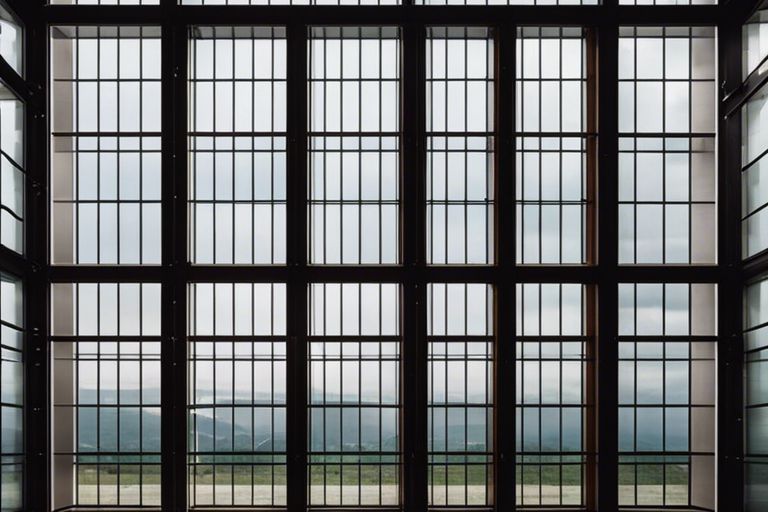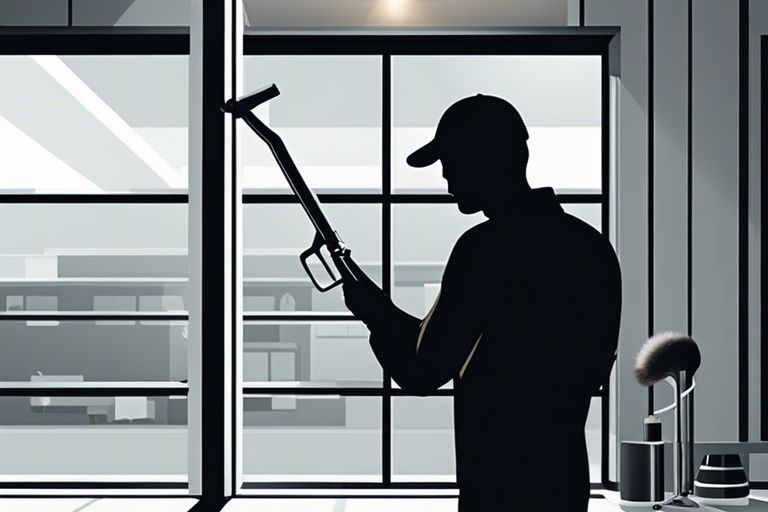Exploring the architectural marvels of curtain walls on historical castles unveils a fascinating glimpse into the past. These imposing structures not only served as a line of defence but also symbolised power and wealth. The sheer size and impressive height of these walls showcase the ingenuity of medieval engineers and builders. From concentric circles of fortifications to intricate arrow loops and battlements, each feature served a strategic purpose in protecting the castle residents from potential threats. Despite the dangerous challenges that sieges posed, these curtain walls stood as a formidable barrier, illustrating the strength and resilience of such architectural feats throughout history.
Key Takeaways:
- Evolution of architectural design: Curtain walls on historical castles showcase the evolution of architectural design over the centuries, demonstrating the innovation and engineering prowess of that era.
- Defensive fortifications: Curtain walls were primarily built for defensive purposes, providing protection against invaders and serving as a formidable barrier around the castle complex.
- Aesthetic appeal: In addition to their functional role, curtain walls also enhanced the aesthetic appeal of historical castles, contributing to their grandeur and distinctive character.

The Design and Function of Curtain Walls
Curtain walls, an integral part of historical castles, are more than just aesthetic features. These walls played a crucial role in the design and function of the castle, offering both defensive capabilities and symbolic significance.
Defensive Capabilities
The primary function of curtain walls was to provide a formidable line of defence against enemy attacks. Their height and thickness acted as a barrier, making it challenging for invaders to breach the castle walls. Additionally, the smooth surface and lack of footholds made scaling the walls a daunting task, further enhancing the castle’s defensive capabilities.
Moreover, curtain walls often featured arrow slits or loopholes that allowed archers to target and repel attackers effectively. These strategically placed openings provided the defending forces with a tactical advantage, enabling them to defend the castle perimeter from a safe vantage point.
Symbolism and Status
Beyond their defensive function, curtain walls also held symbolic significance within the community. The imposing structure of the walls served as a visual representation of the lord’s power and authority. The sheer size and grandeur of the walls conveyed a message of strength and security, instilling a sense of awe and respect in those who beheld the castle.
Additionally, the construction of curtain walls required a significant investment of resources and manpower, reflecting the wealth and status of the castle owner. The ability to build such expansive fortifications signalled the owner’s prestige and determination, further solidifying their position in the feudal hierarchy.
Furthermore, the intricate architectural design of curtain walls, often featuring decorative elements such as crenellations and battlements, not only enhanced the castle’s overall appearance but also served as a symbol of artistic prowess and sophistication of the builders.
Materials and Construction Techniques
When it comes to the construction of historical castles with curtain walls, the choice of materials and techniques used plays a vital role in the durability and grandeur of these architectural marvels. Two key aspects that define the essence of these castles are the use of stone and masonry and the innovative construction methods employed during the medieval period.
Stone and Masonry
The sturdy fortifications of historical castles were predominantly built using stone and masonry. This combination not only provided structural integrity but also lent a majestic appearance to these formidable structures. Skilled masons meticulously crafted each stone to fit perfectly, ensuring a solid and imposing curtain wall that could withstand the test of time.
Moreover, the use of locally sourced stone added to the authenticity and character of the castles. The detailed carvings and intricate designs on the stone façade not only enhanced the aesthetics but also reflected the craftsmanship and dedication of the artisans involved in the construction.
Innovations in Medieval Construction
The medieval period saw remarkable innovations in construction techniques that revolutionised the way castles were built. Engineers and architects of that era introduced new methods such as pointed arches, concentric defences, and machicolations to enhance the defensive capabilities and architectural sophistication of castles with curtain walls.
These advancements not only made the castles more secure but also pushed the boundaries of architectural design. The crenellations and arrow slits incorporated in the curtain walls served dual purposes of defence and aesthetics, showcasing the strategic brilliance and creativity of medieval architects.

Prominent Examples of Curtain Walls in Historical Castles
The Tower of London – England
The Tower of London, located on the River Thames, is one of the most famous fortresses in the world. Built by William the Conqueror in the 11th century, the tower features a remarkable curtain wall that surrounds the entire complex. This imposing wall served as a defensive structure to protect the royal residence and has stood the test of time for centuries.
The curtain wall at the Tower of London is reinforced with towers at regular intervals, providing strategic vantage points for archers and guards. This architectural feature showcases the ingenuity of medieval castle builders in designing formidable defences. The Tower of London’s curtain wall remains a symbol of England’s rich history and architectural prowess.
Carcassonne – France
Situated in the Languedoc region of France, Carcassonne is a medieval fortress known for its well-preserved double curtain walls. The outer wall, known as the Barbican, is an added layer of protection before reaching the main inner wall. This unique feature made Carcassonne a formidable stronghold during medieval times.
The strategic location of Carcassonne, perched atop a hill overlooking the Aude River, made it a key defensive position in the region. The castle’s elaborate curtain walls and defensive towers deterred potential attackers, highlighting the effectiveness of such architectural marvels in protecting valuable assets.
Within the inner walls of Carcassonne, visitors can explore a maze-like network of cobbled streets, picturesque courtyards, and well-preserved medieval architecture. This UNESCO World Heritage Site offers a glimpse into the daily life within a medieval fortress and the strategic genius behind constructing such impenetrable defences.

The Preservation and Restoration of Curtain Walls
When it comes to preserving and restoring curtain walls on historical castles, it is essential to carefully consider the challenges and techniques involved in maintaining these architectural marvels.
Challenges and Considerations
One of the major challenges in preserving curtain walls is the natural wear and tear they face over centuries of exposure to the elements. Weathering, erosion, and structural instability are common issues that preservation experts need to address. Additionally, finding the right balance between authentic restoration and modern intervention is crucial to maintain the historical integrity of the walls.
Modern Techniques in Historical Contexts
Modern techniques such as laser scanning, drone surveys, and 3D modelling have significantly improved the way curtain walls are preserved and restored in historical contexts. These technological advancements allow experts to accurately assess the condition of the walls, identify areas of concern, and plan restoration projects with precision.
Using cutting-edge technology in combination with traditional craftsmanship has proven to be highly effective in ensuring the longevity and authenticity of curtain walls on historical castles.
Architectural Marvels – Curtain Walls on Historical Castles
Curtain walls on historical castles are truly architectural marvels that showcase the intricate craftsmanship and defensive strategies of the past. These walls were not only built to protect the castles from enemy attacks but also served as a symbol of power and grandeur. Their design and construction have stood the test of time, drawing admiration and fascination from visitors and historians alike. As we admire these monumental structures, we are reminded of the ingenuity and skill of the architects and builders who created them, leaving behind a lasting legacy that continues to captivate our imagination.
FAQ
Q: What are curtain walls on historical castles?
A: Curtain walls on historical castles are vertical walls that surround and protect the castle grounds. They are built for defence and are usually tall, thick, and made of stone or brick.
Q: What is the purpose of curtain walls on historical castles?
A: The main purpose of curtain walls on historical castles is to provide security and protection from attacks by enemies. They were designed to make it difficult for invaders to breach the castle walls and access the inner grounds.
Q: How were curtain walls on historical castles constructed?
A: Curtain walls on historical castles were constructed using techniques such as masonry and stone carving. Skilled craftsmen and labourers worked together to build these walls, which often included features such as arrow slits, battlements, and towers for added defence.

